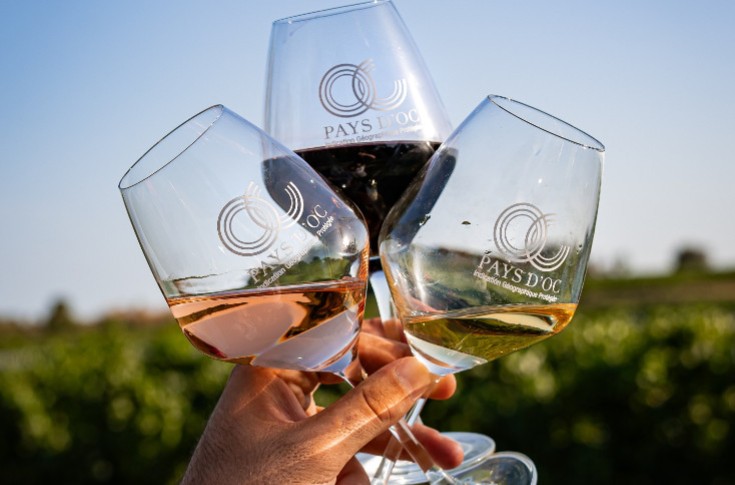Pays d’Oc to set indicative prices for its organic and HVE-certified wines in 2025

he European Commission has issued promising news for enhancing the value of wines. On July 15, it delivered its first opinion regarding the compatibility of a sustainability agreement with competition rules for the farming industry. The application was filed on March 25 this year by PGI Pays d’Oc wines and the Commission’s decision authorises indicative prices to be set for bulk wine produced in accordance with the standards for organic and HVE (High Environmental Value) wines for a two-year period (2025 and 2026). The authorisation comes at a time when “The French wine sector is currently experiencing significant oversupply, changing consumer preferences and increased consumer price sensitivity linked to inflation”. It is designed to “incentivise the relevant producers to maintain their sustainable production practices”, which come at a greater cost to producers.
Secured with the support of the co-operative winery organisation, the scheme is a first and will apply as of the 2025 vintage, stresses Jacques Gravegeal, the chairman of the Pays d’Oc wine producers’ organisation. He feels that the bulk of the work is just getting started: “This is a significant development politically, but it is now up to us to seize this opportunity and make it work. We will be giving it our utmost attention! The harvest season is fast approaching and we will need to tick all the boxes at the supply and distribution ends with joint discussions because the project is being managed jointly with the marketing board”, InterOc. Brussels approved the agreement just before the end of the regulatory four-month deadline. The price orientation tool, as it is known, for Pays d’Oc organic and HVE-certified wines applies to six grape varieties – 2 reds (Merlot and Cabernet-Sauvignon), 2 rosĂ©s (Grenache and Cinsault) and 2 whites (Chardonnay and Sauvignon blanc). This amounts to twelve orientation prices that will need to be calculated based on production costs, to which a profit margin of up to 20% of such costs will be added.






